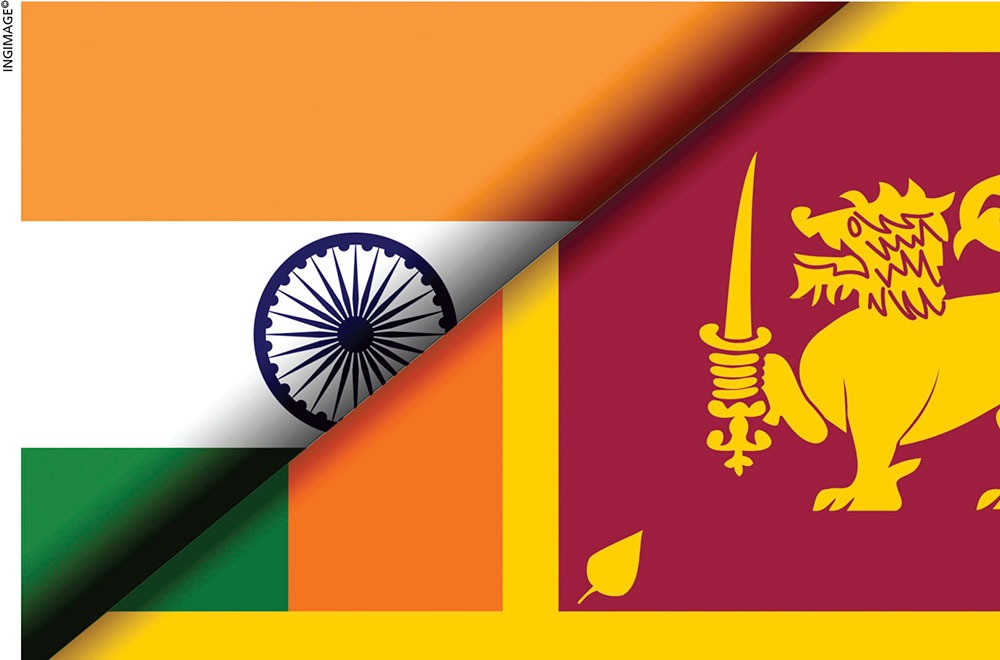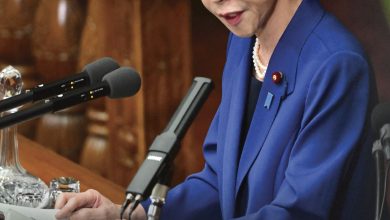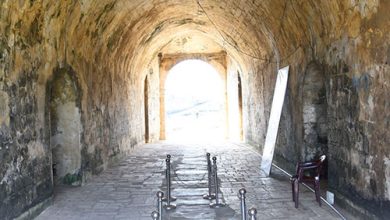NATIONAL DEVELOPMENT
LEVERAGE INDIA’S MACRO POWER
Dr. Jehan Perera urges stronger economic ties to be established with India

The government’s recent development focus on the north reflects a shift from political neglect to practical investment. And the leadership has been spending a great deal of time and effort in that province.
It also met with persons from different walks of life prior to launching new development projects that will benefit the northern populace. These engagements signify not only physical connectivity but also a rebuilding of trust between the state and the people of this once war-torn region.
Recently, a minister was in Jaffna to launch the widening of the access road to the Kurikadduwan Jetty, which is the launching point for ferries that transport passengers to the small islands off the Jaffna peninsula.
He announced that the development of the access road has officially begun and is marking a major step forward in improving connectivity to the islands.
The most significant of these is Nainativu Island, popularly known as Nagadeepa – one of the most sacred religious sites for Buddhists. Thousands of pilgrims from the rest of the country visit Nagadeepa every day with the numbers soaring over long weekends.
Therefore, the improvement of the access road will save valuable time for these pilgrims, and provide relief to teachers, government employees and residents who rely on the ferry service for their daily travel.
Meanwhile, the population of Delft Island is only around 5,000 today. Though the government plans to develop the Kurikadduwan Jetty next year, merely facilitating local tourism won’t revive the economy.
During the ceremony to begin work on the access road, the minister repeated the government’s pledge to treat all people equally regardless of ethnicity, religion or region. It’s due to this pledge that the people of the north gave the government an unprecedented mandate.
But in developing the national economy, the administration must now widen its horizons from a micro to a macro level.
For development to be meaningful however, it mustn’t stop at road widening and jetty renovations; it must link the north not only to Colombo but also to larger markets – particularly the rapidly prospering economy across the Palk Strait.
The real boost lies in building economic links with India, which is one of the world’s fastest growing economies, and a regional powerhouse in manufacturing, technology and services. It offers what Sri Lanka urgently needs – capital, manufacturing partnerships, technology transfers, and a sprawling market for agricultural, fisheries and service exports.
For decades, Sri Lanka’s development model depended on foreign loans for consumption and public sector projects. Today, the country needs foreign direct investments (FDI) to expand its factories, processing centres, logistics hubs and renewable energy installations.
Where the development of the north and east is concerned, the stakes are high. Young people are frustrated by the lack of employment opportunities and constantly seek to leave our shores. For decades, these regions were seen as a burden or problem to be contained. Today, they must be seen as assets and strategic gateways to regional integration.
Internal development alone won’t sustain economic transformation: Sri Lanka needs FDIs to increase its production base and India is the most accessible source of such investments.
Previous governments had entered into agreements with India to revive the Kankesanthurai (KKS) Port, and improve the ferry service between Sri Lanka and India. In 2017, India agreed to extend a line of credit to rehabilitate the harbour. Then in 2019, both governments agreed to explore the possibility of expanding the port into a passenger and freight terminal linking KKS with Nagapattinam in Tamil Nadu.
These plans must now be accelerated – and KKS shouldn’t be seen merely as a ferry point but a commercial gateway for exports, industrial inputs and tourism.
For Sri Lanka to truly realise its economic potential, development must extend beyond local improvements and small islands. Strategic projects such as the Kankesanthurai Port offer an opportunity to connect the north and rest of the island with the regional economy.
By aligning micro level development with macro level investments, Sri Lanka can create jobs, boost production and anchor long-term growth.
While small steps like road widening are essential, the real transformation will be seen only when those roads lead not only to jetties but new markets and investors – as well as a prosperous economic future.






